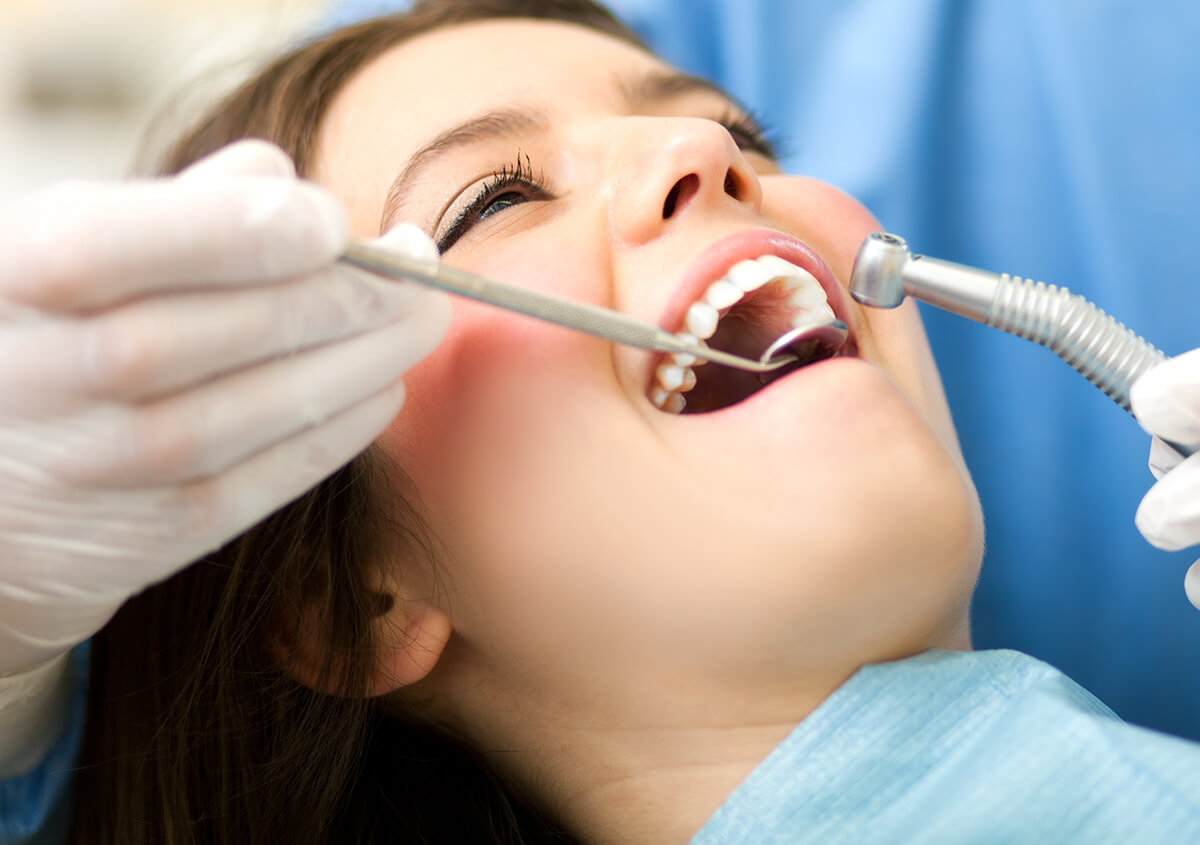Dana point dentist explains about the function of the airway
 You have probably heard about obstructive sleep apnea. It is usually explained as a disorder that causes the airway to collapse or become blocked during sleep. To understand how that can happen, we need to consider how the airway functions, and what may lead to a dysfunction. Your Dana Point dentists, Dr. Cruz can help you understand the problem and find solutions.
You have probably heard about obstructive sleep apnea. It is usually explained as a disorder that causes the airway to collapse or become blocked during sleep. To understand how that can happen, we need to consider how the airway functions, and what may lead to a dysfunction. Your Dana Point dentists, Dr. Cruz can help you understand the problem and find solutions.
Why the resilience and stability of the airway is important
Often, physicians look at the size and shape of the airway. If the passage is small or crowded, of course, breathing dysfunction is more likely to occur. However, there is another, often-overlooked factor and that is the stability of the airway. Imagine trying to drink a milkshake with a paper straw or an aluminum straw. Which is more likely to collapse? Of course, the answer is paper because it is much less strong and stable. Similarly, the airway is much more likely to collapse when it is destabilized, by factors such as:
- Muscle tone
- Swollen lymph
- Acid reflux
- Fat deposits
- Hypertension
- Infection
- Chronic inflammation
- Atopy
- Mucus
Improving breathing function
Apnea is typically treated with devices that keep the airway open or machines that force air into the airway. While that approach may be effective in allowing the individual to continue breathing through the night, it does not address the underlying issue. We need to understand why this is happening to restore proper airway function.
Identifying underlying causes of airway instability allows us to look for ways to treat or prevent the underlying problem. For example, swollen tonsils are a common problem in children. A doctor might say the child will outgrow it, but a better approach is to figure out why the swelling is happening. Unless there is severe swelling or scarring, addressing the root cause of the problem can shrink the tonsils. Similarly, sinus congestion and mucus are common problems, largely because many people do not understand the importance of nasal hygiene. Simply stated, conditions such as apnea should not occur if the airway is functioning properly.
To learn more, call (949) 661-1006 for a consultation with Dr. Cruz.





